The Hakuto-R lunar lander built by Japan's Ispace company crashed during landing on April 25 due to a software problem.
According to an Ispace representative, the spacecraft's altitude sensor was confused by a crater rim on the Moon. This unexpected terrain feature caused the spacecraft's onboard computer to think that its altitude reading was incorrect, and instead followed an estimate based on its projected altitude. As a result, the computer believed that Hakuro-R was lower than it actually was, leading to the crash.
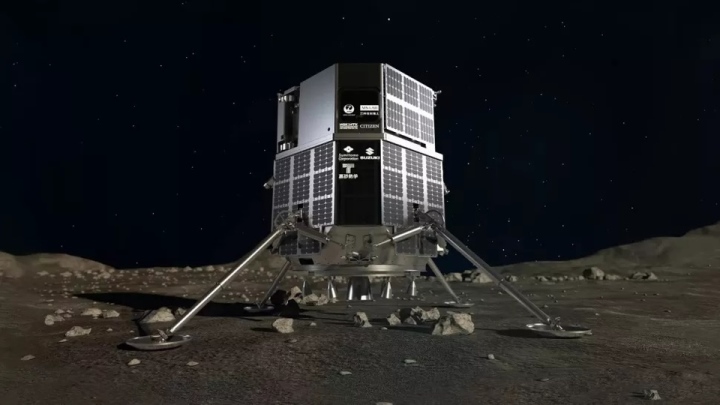
Illustration of the Hakuto-R lander on the Moon. (Photo: ispace)
"Despite being 5 km from the lunar surface, the lander reported that its altitude was zero. After reaching the scheduled landing time, the lander's controlled descent stopped, causing it to fall freely onto the Moon ," Ispace said.
According to Ispace, inadequate consideration of the terrain surrounding the landing site contributed to the incident, in part because the landing site changed months before the mission.
The Hakuto-R lander is scheduled to launch in December 2022 on a SpaceX Falcon 9 rocket. It is scheduled to land on April 26 in the 87-kilometer-wide Atlas crater in the Mare Frigoris region of the Moon.
Earlier this week, NASA's Lunar Reconnaissance Orbiter discovered debris from Hakuto-R near the planned landing site.
If the accident does not occur, Hakuto-R will be the first privately built lander to successfully land on the Moon. So far, only NASA, China and Russia have successfully landed spacecraft on the Moon.
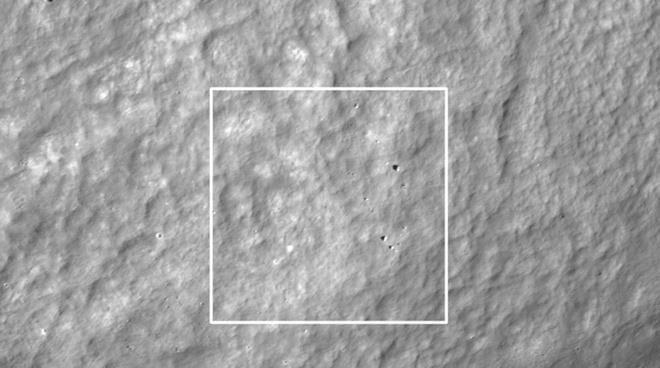
The impact site of the Hakuto-R lander as captured by NASA's Lunar Reconnaissance Orbiter. (Image: NASA/GSFC/Arizona State University)
Ispace stressed that its ship successfully completed 8/9 important tasks and only failed in the final stage of the landing process. The company representative said that this incident will not affect the plan to launch Ispace's second and third missions, which are deployed in 2024 and 2025, respectively.
Since the error originated from a software problem, future missions will not require a hardware redesign.
“We identified problems during landing and found ways to improve future missions,” said Takeshi Hakamada, founder and CEO of Ispace.
(Source: Zing News)
Useful
Emotion
Creative
Unique
Source



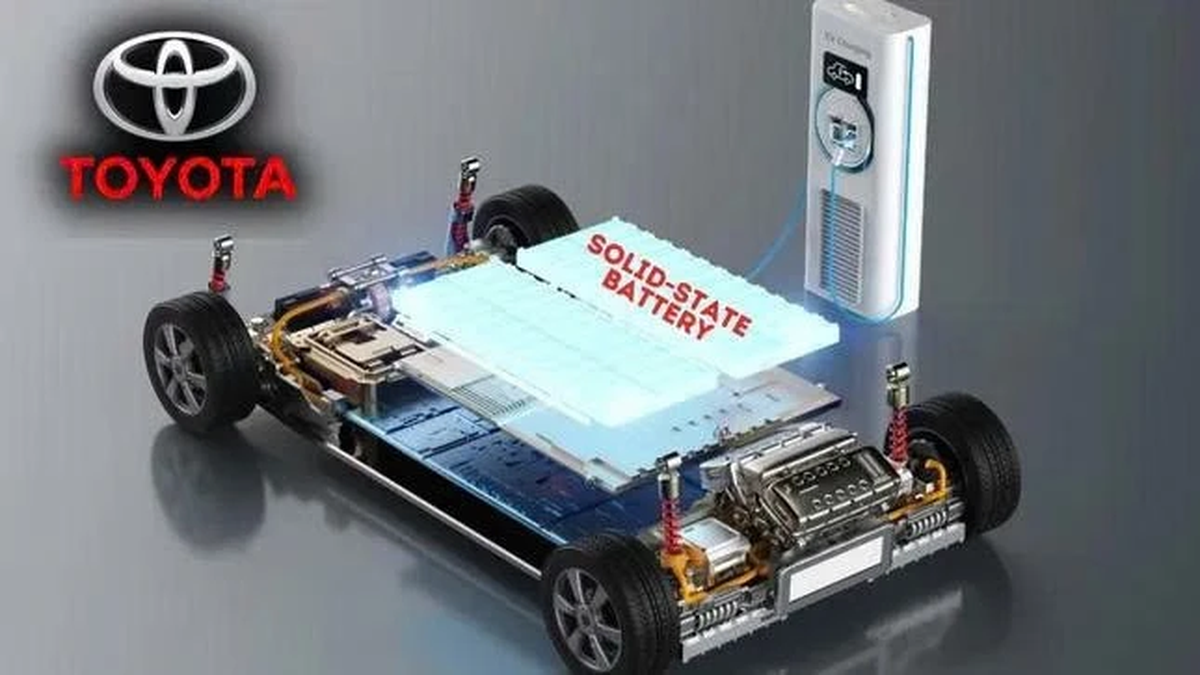



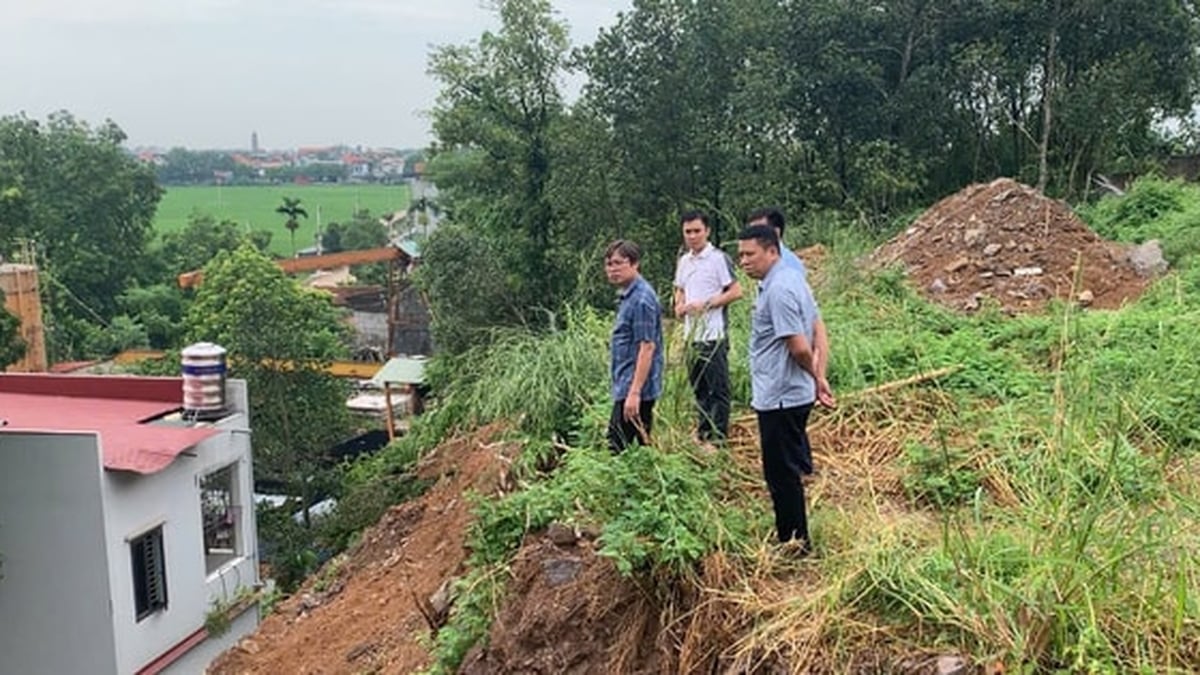
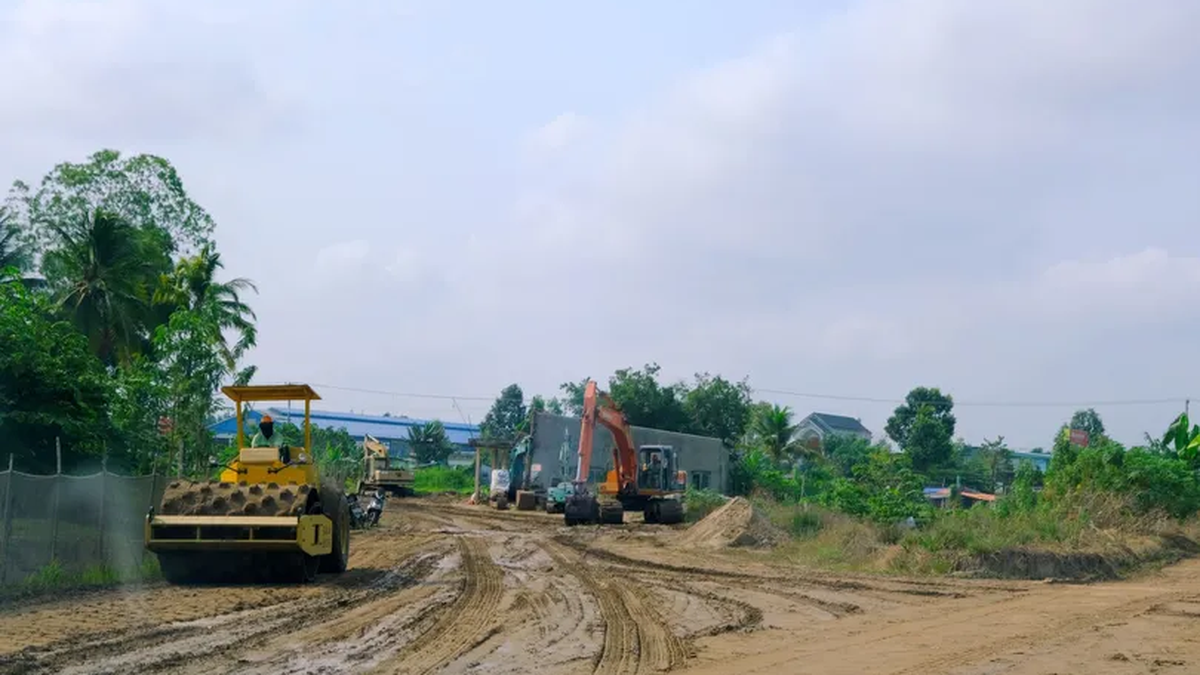
















![[Photo] National Assembly Chairman Tran Thanh Man visits Vietnamese Heroic Mother Ta Thi Tran](https://vphoto.vietnam.vn/thumb/1200x675/vietnam/resource/IMAGE/2025/7/20/765c0bd057dd44ad83ab89fe0255b783)








































































Comment (0)